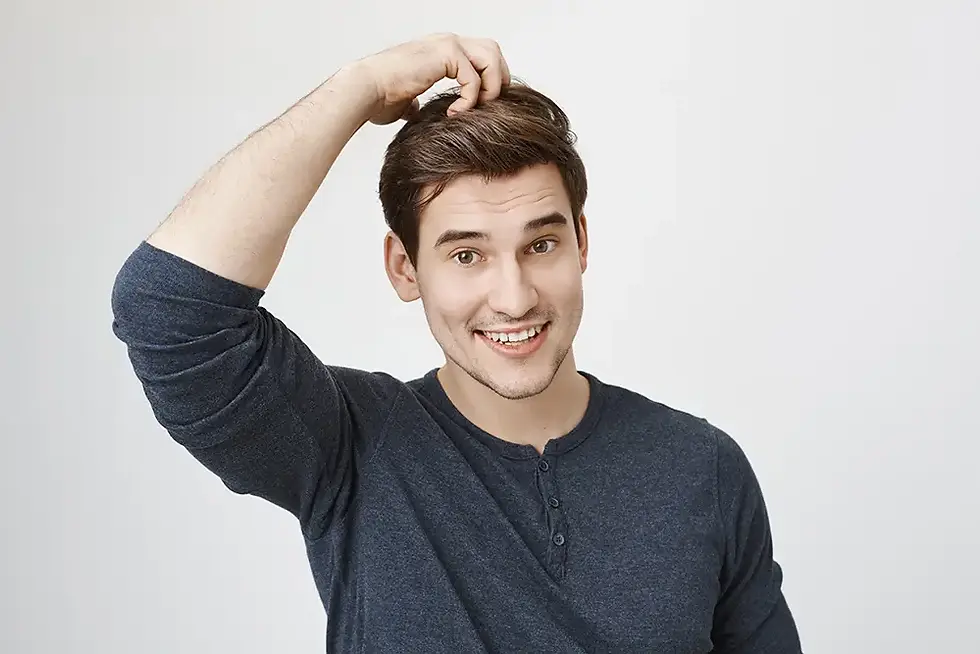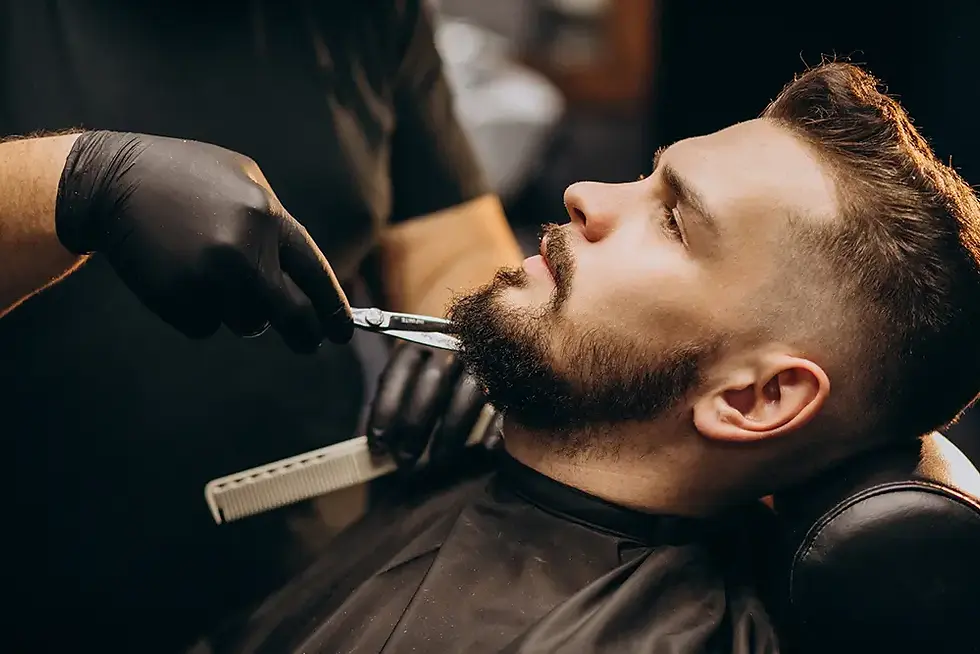When to Say "I Love You" Without Rushing the Relationship
Know when to say “I love you” by understanding timing and emotional readiness. Get guidance to express love confidently without rushing your relationship
Why Some Men Struggle To Find Love And Break The Cycle
Many men face hidden barriers that affect their path to lasting relationships. This guide explains common struggles and offers insights to help break the cycle
Why Some Men Avoid Commitment and How to Overcome It
Many men hesitate to commit due to fear, timing, or past wounds. This guide explains key reasons and offers insights to build stronger, healthy relationships
Understanding Your Partner’s Love Language for Closer Bonds
Deepen your relationship by understanding your partner’s love language and expressing care in ways that resonate. Stronger bonds begin with mindful connection
When To Define the Relationship (DTR) With Confidence
Know when to define the relationship (DTR) with clarity as you navigate modern dating. Get insights that help men move forward with confidence and purpose
What Is Polyamory? A Man’s Guide to Open Relationships
Explore what polyamory means for men seeking honest, open relationships. Gain clarity on trust, communication, and building strong meaningful connections
Understanding Your Partner's Past With Confidence
Gain clarity and build stronger connections by understanding your partner's past with confidence. This guide helps men overcome insecurity and strengthen trust
What Women Really Want in a Partner: Insights for Modern Men
Modern men gain clarity into what women really want in a partner. Explore key traits that inspire trust, connection, and long-term lasting attraction
10 Creative Virtual Dating Ideas for Modern Relationships
Modern relationships thrive with virtual dating ideas that spark connection and fun. Explore creative ways to bond online and make every moment memorable
Understanding the Male Vulnerability Gap in Modern Love
Many men face hidden emotional barriers that shape love and connection. This article shows how understanding the male vulnerability gap strengthens love




Comments